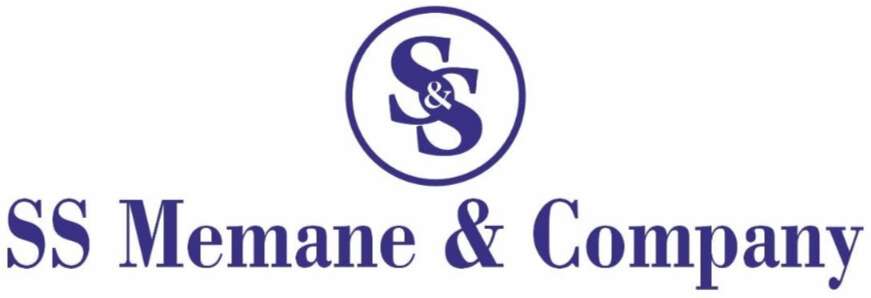ITR-3 Return
Quick Contact
Documents Required
- PAN Details
- Invoice Details
- Bank Statements
- Form 26AS
ITR-3 Return
ITR-3 is an income tax return form that is applicable to individuals and Hindu Undivided Families (HUFs) who have income from a proprietary business or profession. It is suitable for taxpayers who run their own business or practice a profession, such as doctors, lawyers, consultants, or freelancers. The form also accommodates income from other sources like salary, house property, and capital gains, making it comprehensive for those with diverse income streams.
Eligibility Criteria for ITR-3
Who Can File ITR-3:
Individuals and HUFs who earn income from a proprietary business or profession.
Taxpayers with income from salary, pension, house property, or capital gains, in addition to their business income.
Those with income from other sources such as interest, dividends, etc.
Individuals involved in speculative or non-speculative businesses, such as trading in stocks or commodities.
Professionals such as doctors, lawyers, engineers, architects, and consultants with income from their practice.
Who Cannot File ITR-3:
Individuals who do not have income from a business or profession; they should use ITR-1 or ITR-2 instead.
HUFs and individuals opting for the presumptive income scheme under Sections 44AD, 44ADA, or 44AE should use ITR-4 (Sugam).
Documents Required
PAN Card:
Permanent Account Number for tax identification and filing.
Form 16:
Salary certificate issued by the employer, showing income and TDS deducted.
Form 16A/16B/16C:
TDS certificates for income other than salary, such as interest or rent.
Form 26AS:
Tax credit statement reflecting TDS, TCS, and advance tax paid.
Profit and Loss Statement:
Statement showing the income, expenses, and profits from the business or profession.
Balance Sheet:
Financial statement detailing the assets, liabilities, and equity of the business.
Bank Statements:
Bank account statements for all business transactions, including receipts and payments.
Capital Gains Statements:
Details of transactions involving the sale of property, stocks, mutual funds, or other assets.
House Property Documents:
Documents showing rental income, municipal taxes paid, and home loan interest certificates.
Investment Proofs:
Evidence of investments made under sections like 80C, 80D, etc., for claiming deductions.
Loan Interest Certificates:
Documents showing interest paid on business loans, home loans, or education loans.
Aadhaar Card:
Mandatory for linking with PAN and for e-verification purposes.
Process of Filing ITR-3
Gather All Necessary Documents:
Collect all the required documents, including financial statements, TDS certificates, and investment proofs.
Download or Access ITR-3 Form:
Download the ITR-3 form from the Income Tax Department’s e-filing portal or use the online filing option.
Fill in Personal and Business Details:
Enter personal information, including PAN, name, and address. Provide details of your business or profession, such as the name, nature of the business, and address.
Report Income and Expenses:
Fill in the details of income earned from business or profession, including total turnover, gross receipts, and profit. Also, report income from salary, house property, capital gains, and other sources.
Claim Deductions:
Enter details of deductions under Chapter VI-A, such as Sections 80C, 80D, and others, to reduce taxable income.
Compute Tax Liability:
The form will auto-calculate tax liability based on the income and deductions entered.
Pay Additional Tax:
If there is any additional tax liability, pay it using Challan ITNS 280 and enter the details in the form.
Verify and Submit:
Review all the details carefully and submit the ITR-3 online through the Income Tax e-filing portal.
E-Verify the Return:
Complete the process by e-verifying the return using Aadhaar OTP, net banking, or by sending a signed copy of the ITR-V to the Centralized Processing Center (CPC).
Advantages
Comprehensive Reporting:
Suitable for individuals and HUFs with diverse income sources, including business income.
Claim Business Deductions:
Allows for claiming business-related expenses and deductions, reducing taxable income.
Compliance:
Ensures compliance with tax laws, particularly for those engaged in a business or profession.
Accurate Tax Calculation:
Facilitates accurate calculation of tax liability, including taxes on capital gains and foreign income.
Record Keeping:
Helps in maintaining detailed records of business income and expenses, which is useful for future financial planning and audits.
Disadvantages
Complexity:
The form is detailed and complex, requiring careful attention to various sections, which may be challenging for individuals without accounting knowledge.
Time-Consuming:
Filling out ITR-3 requires more time due to the extensive documentation and detailed reporting required.
Need for Professional Help:
Individuals with complex business transactions or financial situations may need to seek professional help, which could incur additional costs.
Limited Applicability:
Not suitable for individuals with simple income structures; they should use ITR-1 or ITR-2 instead.
Risk of Scrutiny:
Errors or discrepancies in reporting income or deductions could lead to scrutiny from the tax department.
- Copyright 2024 © SS Memane || Designed By || Mr. Sunil Memane


